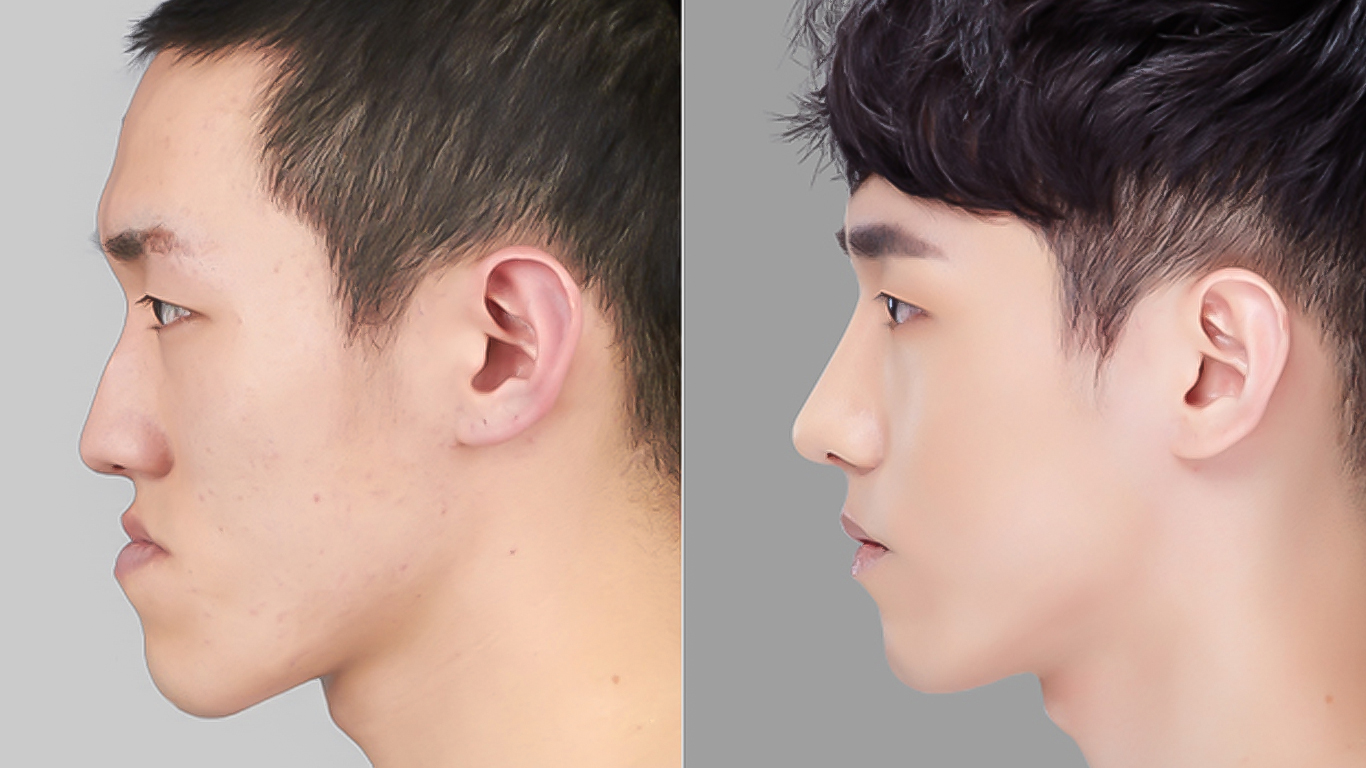Correcting Jaw Misalignment
Enhanced Aesthetics and Function
Double jaw surgery, also known as orthognathic surgery, is a complex surgical procedure aimed at correcting significant jaw misalignment or discrepancies. This procedure involves repositioning both the upper and lower jaws to improve functionality, bite alignment, and facial aesthetics. In this comprehensive article, we will explore the various aspects of double jaw surgery, including its purpose, procedure, recovery, potential risks, and expected outcomes.
Double jaw surgery is performed to correct severe jaw misalignment, also known as dentofacial deformities, which can cause functional issues such as difficulty in biting, chewing, speaking, and breathing. Additionally, these jaw discrepancies can lead to aesthetic concerns, affecting the overall facial balance and harmony. Double jaw surgery aims to align the upper and lower jaws, improving both function and appearance.

Consultation and Pre-operative Assessment
A thorough consultation with an oral and maxillofacial surgeon experienced in double jaw surgery is essential. During this consultation, the surgeon will evaluate the patient's dental and facial anatomy, discuss their goals and expectations, and assess the severity of the jaw misalignment. Various diagnostic tools, such as X-rays, CT scans, and facial photographs, may be utilized to determine the most appropriate treatment plan.
Before the double jaw surgery, orthodontic treatment is often necessary to align the teeth and prepare the jaws for surgery. This phase involves wearing braces or clear aligners to correct dental alignment and establish an optimal bite position. The orthodontic treatment typically lasts several months to a year, depending on the complexity of the case. The coordination between the oral and maxillofacial surgeon and the orthodontist is crucial during this stage.

Procedure and Surgical Techniques
Double jaw surgery is performed under general anesthesia and involves repositioning both the upper and lower jaws. The specific surgical techniques employed depend on the individual patient's needs and the nature of the jaw misalignment. The surgeon makes incisions inside the mouth to access the jawbones, and precise cuts are made to reposition the jaws in the correct alignment. Bone grafts may be necessary in some cases to augment deficient areas. After repositioning, the jaws are secured using titanium plates and screws to promote proper healing.
Procedure and Surgical Techniques
Double jaw surgery is performed under general anesthesia and involves repositioning both the upper and lower jaws. The specific surgical techniques employed depend on the individual patient's needs and the nature of the jaw misalignment. The surgeon makes incisions inside the mouth to access the jawbones, and precise cuts are made to reposition the jaws in the correct alignment. Bone grafts may be necessary in some cases to augment deficient areas. After repositioning, the jaws are secured using titanium plates and screws to promote proper healing.
Results
Following double jaw surgery, patients can expect a period of swelling, bruising, and discomfort, which can be managed with pain medication and cold compresses. A liquid or soft food diet is typically recommended during the initial weeks of recovery, gradually progressing to a regular diet as healing progresses. It is important to follow the post-operative care instructions provided by the surgeon, which may include maintaining good oral hygiene, attending follow-up appointments, and avoiding strenuous activities.













Restore-Rejuvenate-Rejoice
Welcome to Dermamax Medical Center, the best plastic and cosmetics Surgery center in Dubai, for a wide range of Aesthetic or Plastic Surgery, Homecare, Traditional Chinese medicine, Dental or any labs services.
